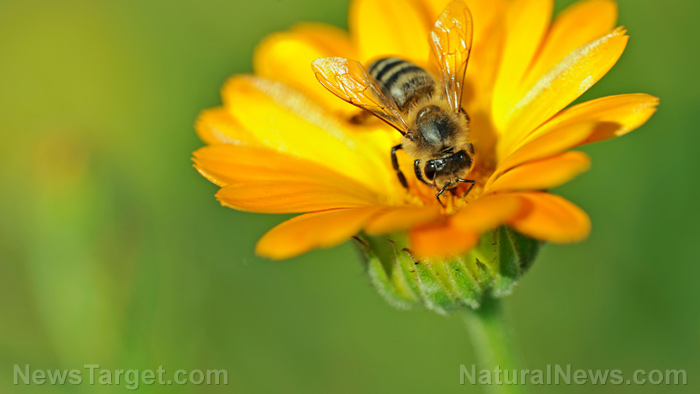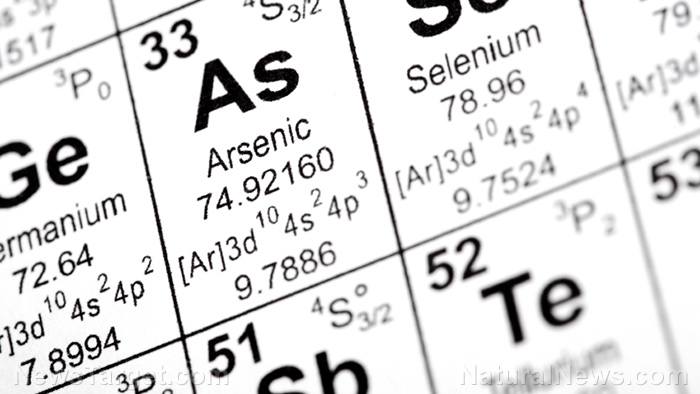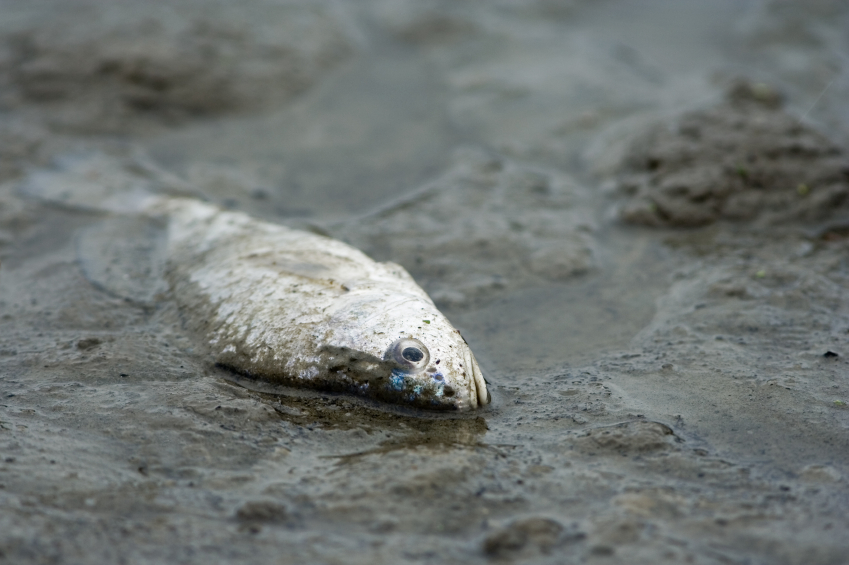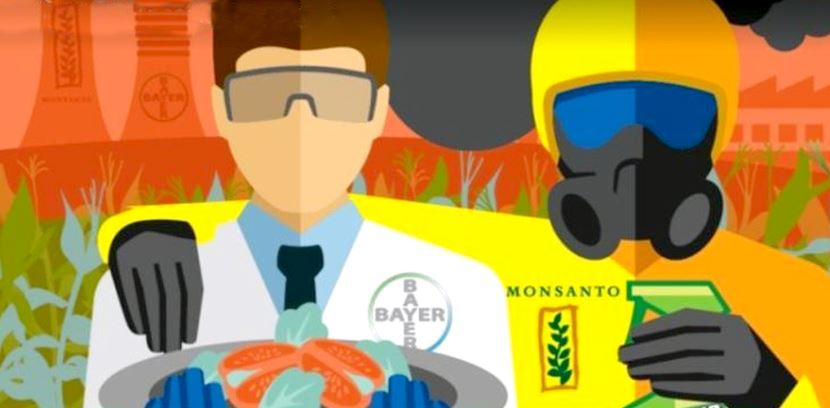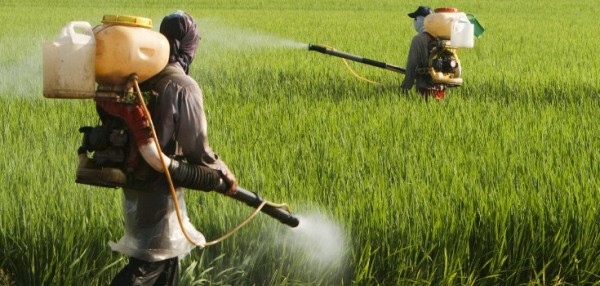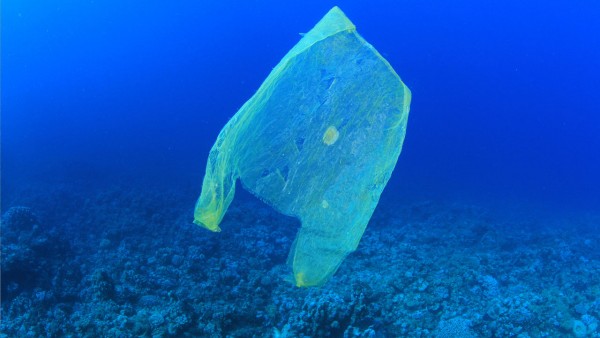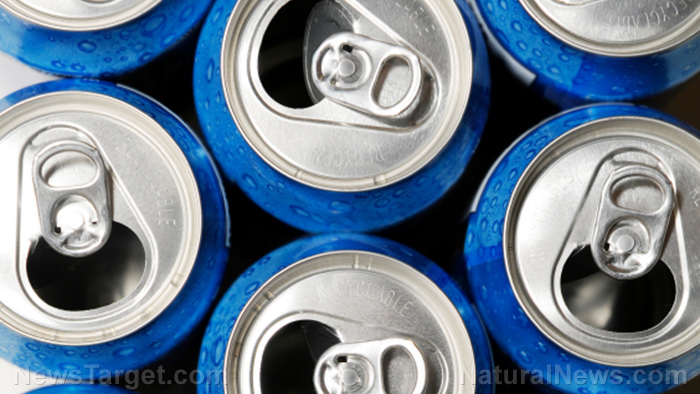Novaluron – toxicity, side effects, diseases and environmental impacts
11/18/2017 / By Janine Acero

Novaluron is one of the insecticides that are classified as “insect growth regulators”. It inhibits chitin synthesis, halting the molting stages of insect development.
Novaluron is used on a number of crops including cotton, soya, maize, pome fruit, citrus, potato and vegetables against a wide range of insect pests. It appears as white to off-white powder, with low volatility and very low water solubility.
Formulations of novaluron are mainly emulsifiable concentrates (EC), which are used as agricultural/horticultural insecticides, as well as in mosquito and fly control.

List of known side effects
The U.S. Environmental Protection Agency (EPA) classified novaluron as “Not Likely to be Carcinogenic to Humans” but exposure to it may cause temporary eye injury and allergic skin reactions. Chronic exposure may induce the following:
- Coughing and shortness of breath,
- Nausea, vomiting, diarrhea, headache, confusion and electrolyte depletion, and
- Protein metabolism disturbances, moderate emphysema, and weight loss.
Novaluron is also deemed toxic to aquatic life, with long lasting effects.
Body systems affected by novaluron
Animal studies have shown that doses of novaluron can affect the liver, kidney, spleen, pancreas, thymus and adrenal glands, among others.
Novaluron is not known to have any adverse effects on fertility or reproduction, based on animal studies.
Items that can contain novaluron
Novaluron is a pesticide used on a wide range of crops to control insect pests. These include whiteflies, thrips, leafhoppers, armyworms and leafminers (to name a few).
How to avoid novaluron
Any potentially toxic chemicals must be kept out of reach of children.
For occupational exposure, mixers, handlers and applicators of novaluron concentrate and any related equipment must wear long-sleeved shirts, long pants, footwear, splash proof goggles and chemical-resistant gloves.
Any clothing item or absorbent material that was drenched in novaluron concentrate must be discarded and not reused. It is also best to follow the manufacturers’ instructions for cleaning and maintaining personal protective equipment (PPE).
During breaks, wash your hands before eating, drinking, chewing gum, using tobacco or using the toilet. Remove any contaminated clothing from your body immediately and wash thoroughly before putting on clean clothing.
When applying to large areas, take into consideration the potential drift of the chemical’s fumes to areas of human habitation or areas of human activity such as houses, cottages, schools and recreational areas.
Where to learn more
Summary
Novaluron belongs to a class of insecticides known as “insect growth regulators” which inhibit chitin synthesis or halts the molting stages of insect larvae development.
Novaluron has a white to off-white appearance in powder form, with low volatility and very low water solubility.
Novaluron is used to control a wide range of insect pests on a number of crops such as cotton, soya, maize, pome fruit, citrus, potato and vegetables.
The EPA lists novaluron as “Not Likely to be Carcinogenic to Humans”.
Novaluron doses can cause skin and eye injury upon contact, and may cause coughing, labored breating, nausea, vomiting, diarrhea, headache, confusion, electrolyte depletion and weight loss in chronic exposures.
Animal studies have shown that novaluron can affect the liver, kidney, spleen, pancreas, thymus and adrenal glands.
Sources include:
Tagged Under: Novaluron





